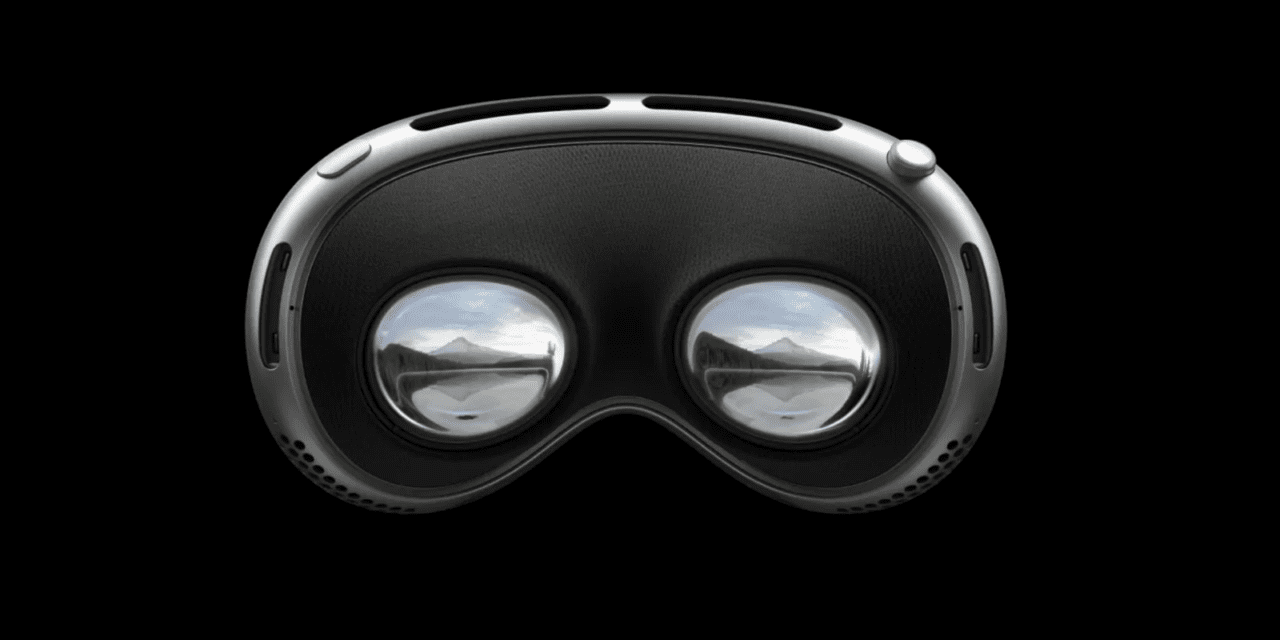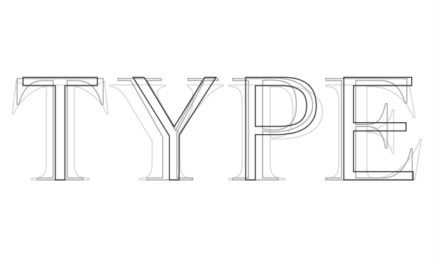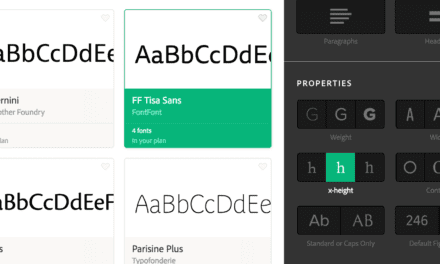ARTICLE SUMMARY: Augmented Reality made it’s appearance in 1968. As technology progressed one of the early examples of AR technology was the “Virtual Fixtures” project, developed in the early 1990s by Thomas Caudell at the United States Air Force’s Armstrong Laboratory. This project utilized AR to enhance piloting skills and training for military pilots.
Augmented Reality (AR) presents unique challenges and opportunities for user experience (UX) design. As designers we know that UX principles are essential for AR because they provide a framework to ensure that the technology is user-friendly, effective, and engaging.
“UX principles for AR: an overview” by Ksenia Toloknova will explore fundamentals for designing for Augmented Reality and gives us the UX principles we will need to create an exceptional virtual user experience, she discusses
- Why will these interfaces change the world of design
- Perception of the world
- Pleasing Our Eyes, Head, and Brain
There are so many things to consider with this rapidly advancing technology, effective UX design will minimize the learning curve, making it easier for users to understand and interact with AR experiences quickly. The AR experience will be more engaging and enjoyable, leading to higher user satisfaction and retention.
One of the bigger benefits of using UX principles is that it will ensure that AR interactions are predictable and consistent helping users feel more comfortable and in control minimizing user fatigue and discomfort. They help in balancing functional requirements with aesthetic and experiential goals, creating a well-rounded product.
As Ksenia Toloknova says, “Designing for AR technologies challenges us and motivates us to grow and evolve, but also to return to fundamental knowledge of artistic principles.”
Considering the way technology heading this article is well worth reading.




